Furnishing a house in a Renaissance style means furnishing the house with a class and elegance of yesteryear, characterized by a typically Italian style that recalls the splendor of the golden age of the Renaissance, an era of great culture and elegance for the our country. Let’s see what are the essential elements to furnish your home in the Renaissance style.
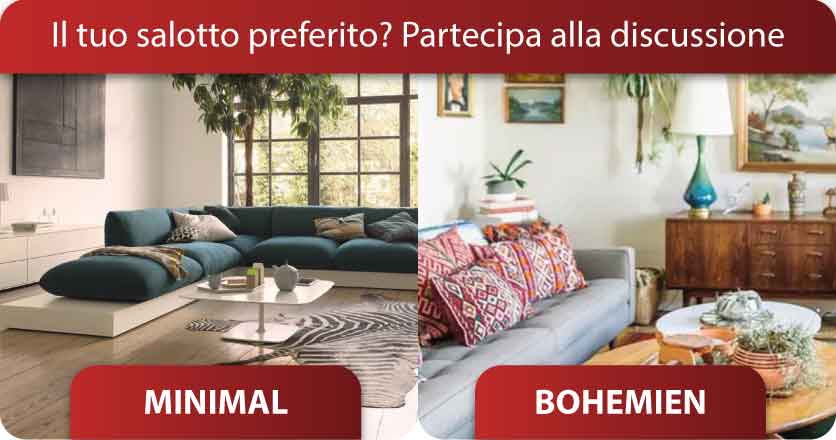
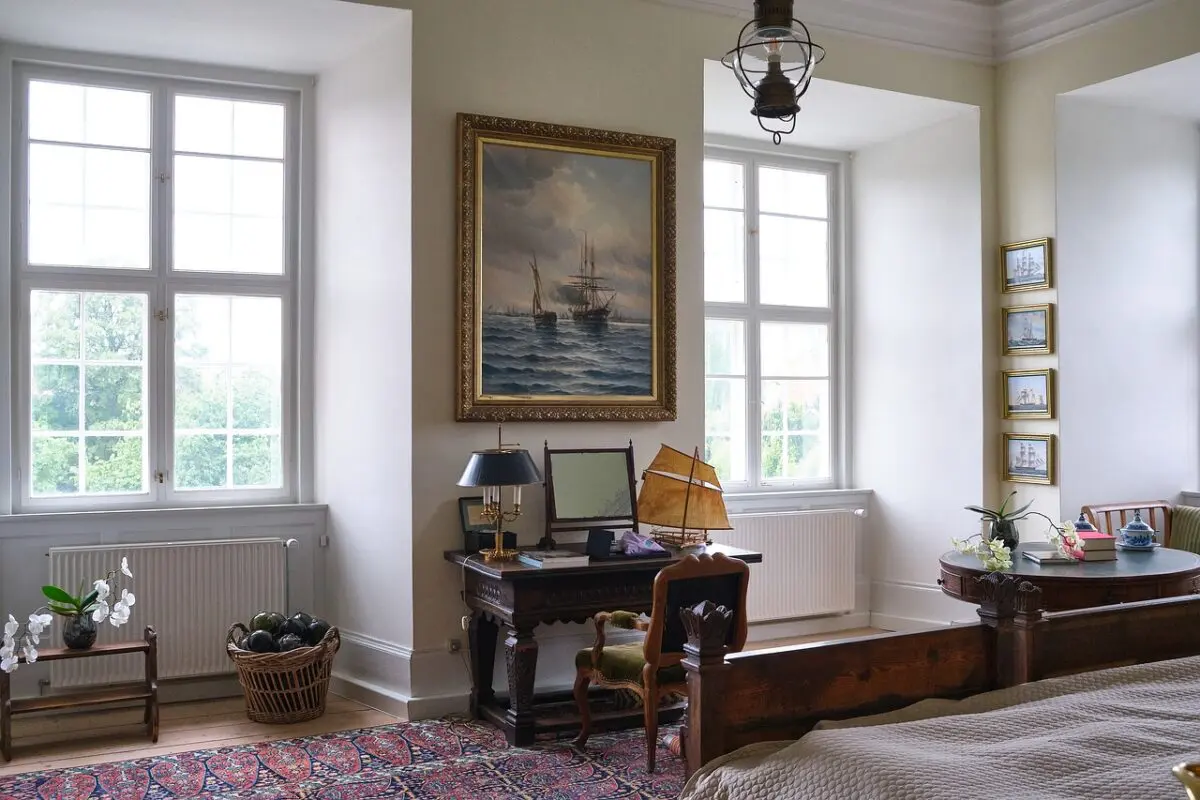
The Renaissance was a pivotal era in Italian history, especially as regards culture, which underwent a process of real rebirth in those years, overcoming the shadows of the Middle Ages.
The Renaissance can be roughly placed between the early fourteenth century and the last quarter of the sixteenth century. The main feature is the centrality that Man plays in every field of culture, from literature to architecture, e the interest in the ancient and classical tradition, with a clear refusal of the Middle Ages to refer again to the Greek and Latin classics.
Read also: Gold color how to use it to decorate the house
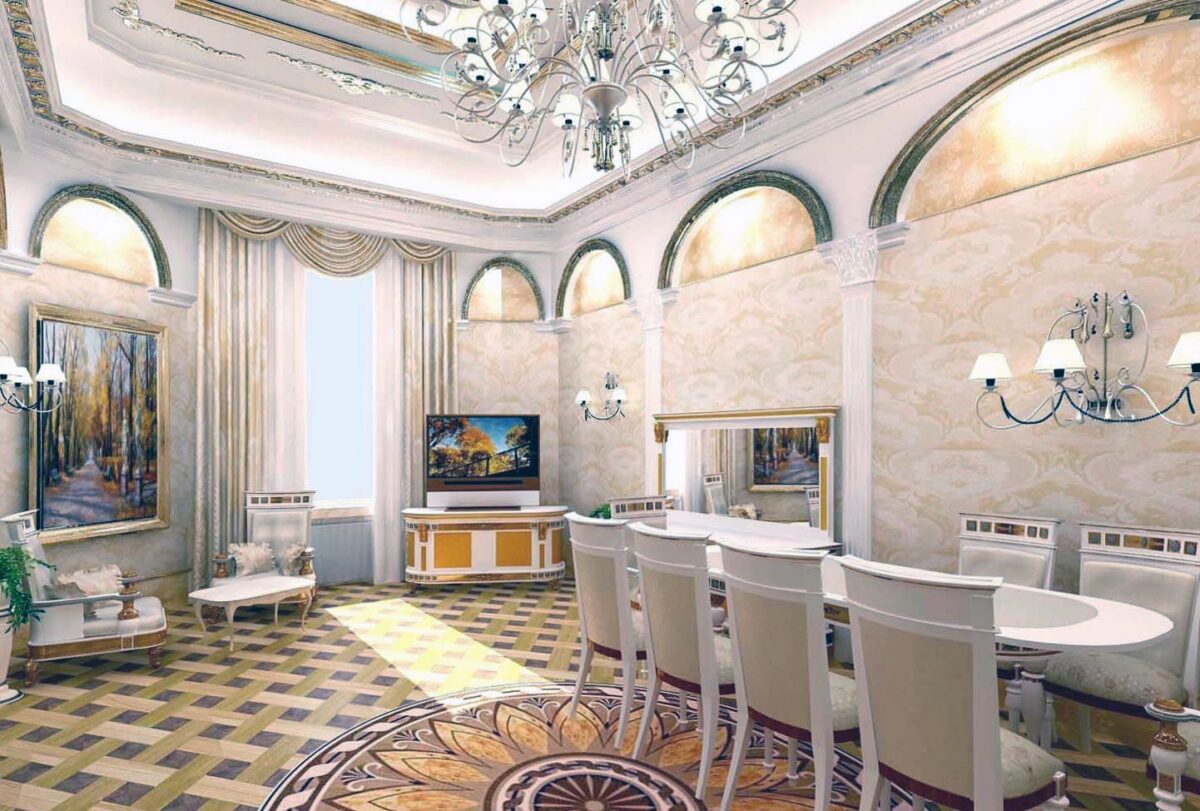
The characteristics of the modern Renaissance style
How did interior design change in those years? Houses, by placing man at the center of everything, become more comfortable, strained, full of magnificent details and monumental spaces. The lounges are decorated with rich furnishings, marble, coffered ceilings and precious wood.
In conclusion, the Renaissance style is majestic, elegant and harmonious, suitable for those who love symmetry, beauty, luxury and wealth.
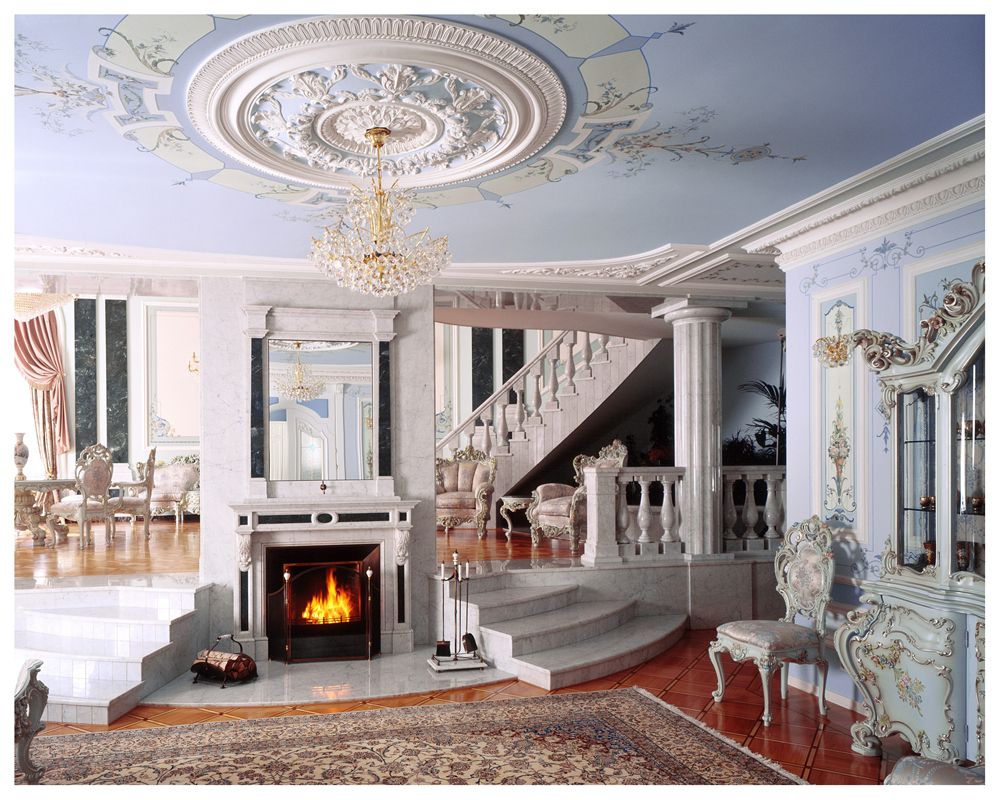
Furniture and decorations
Renaissance furniture has sinuous shapes and reproduce the typical elements of the architecture of the period: columns, cornices, pediments, complex and refined decorations.
The Renaissance decorations reproduce motifs inspired by columns, cherubs, flowers and plants that roll up on pillars, arabesques, festoons and garlands are other typical elements of the visual schemes of the time, alongside elements such as lions, griffins or fantastic animals.
Beds with carved or canopied headboards and inlaid chests, painted or carved are the most typical furniture of the Renaissance period. Also the table is of enormous importance, usually the forms are massive and solid, with large lateral legs or central pillar, and circular shelf. The surfaces of the furniture can be variously decorated with various designs, colors and motifs, including stucco and gilding.
You might be interested in: Living room in yellow: 50 sparkling ideas
The Renaissance furniture, however, it is not only beautiful but also comfortable: wardrobes and desks have many drawers and are decorated with reliefs and engravings and gilded surfaces. The chairs have high backs, sinuous legs and armrests. The seats of the sofas are soft and spacious.
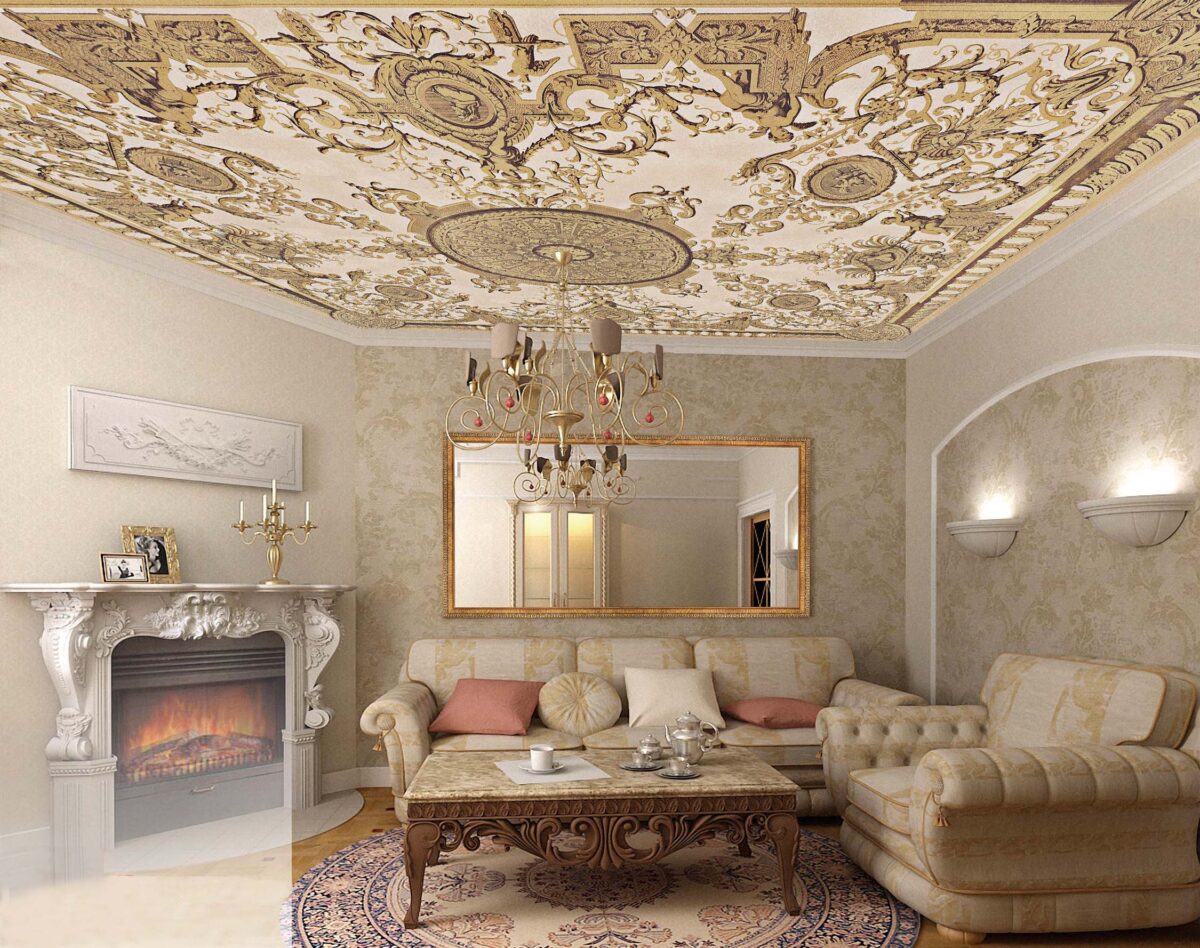
Materials and colors
The most widely used materials in the Renaissance style are wood, white or black, mainly oak and walnut, ivory, stone, marble and sandstone. As for the color scheme, they are preferred soft and light shades, preferably cold, with darker contrasting splashes of color.
The more sober and natural colors are the favorites, so green light at different shades of brown, beige, to be interspersed with elements gold color and pastel shades, like cream, pink, light green or light blue. As we said earlier, darker colors are also welcome, especially the saturated shades of red, blue and yellow.
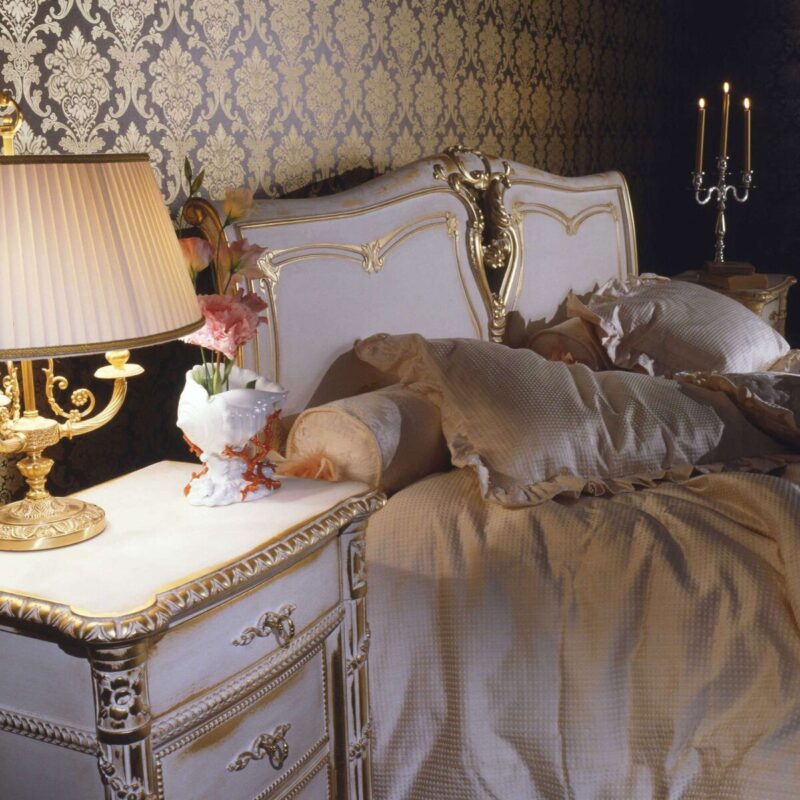
Space and freedom
A Renaissance-style setting is one space in which you have to breathe extreme freedom of movement. It is an environment built around the presence of man, therefore few furniture but richly decorated and wide faculty of movement are the characteristics you will have to adhere to when choosing the furniture for your Renaissance style home.
Attention, because the same broad breath must have it walls, on which few elements will be placed decorative, and the ceiling, that is preferable not to clutter with disproportionate chandeliers compared to the rest of the environment.
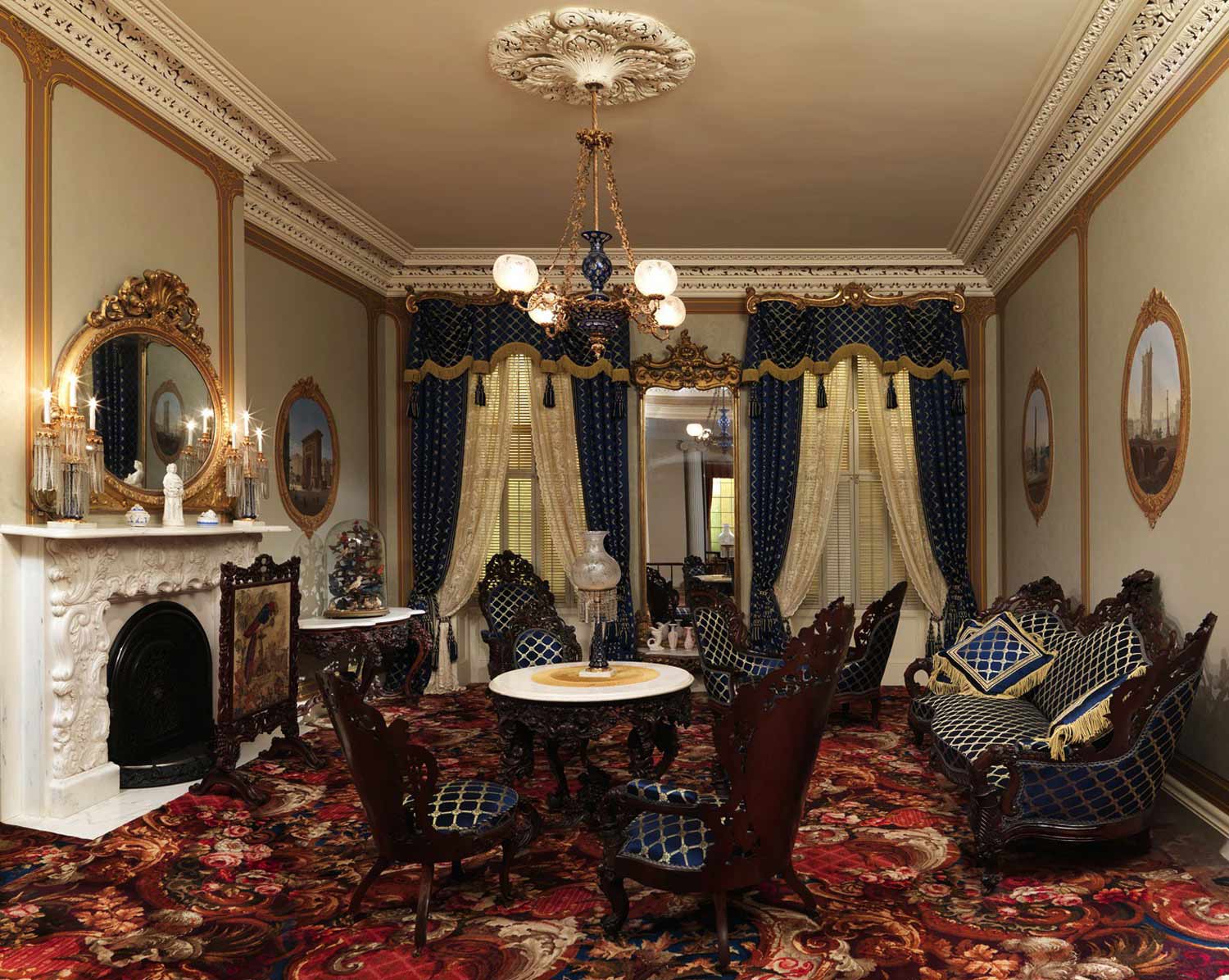
Columns and statues
Always for that reference to the ancient and the classic of which we talked about before, it is necessary to integrate into the furniture too arches, columns, statues with a classic look: they are essential elements to recreate a true Renaissance style in your home.
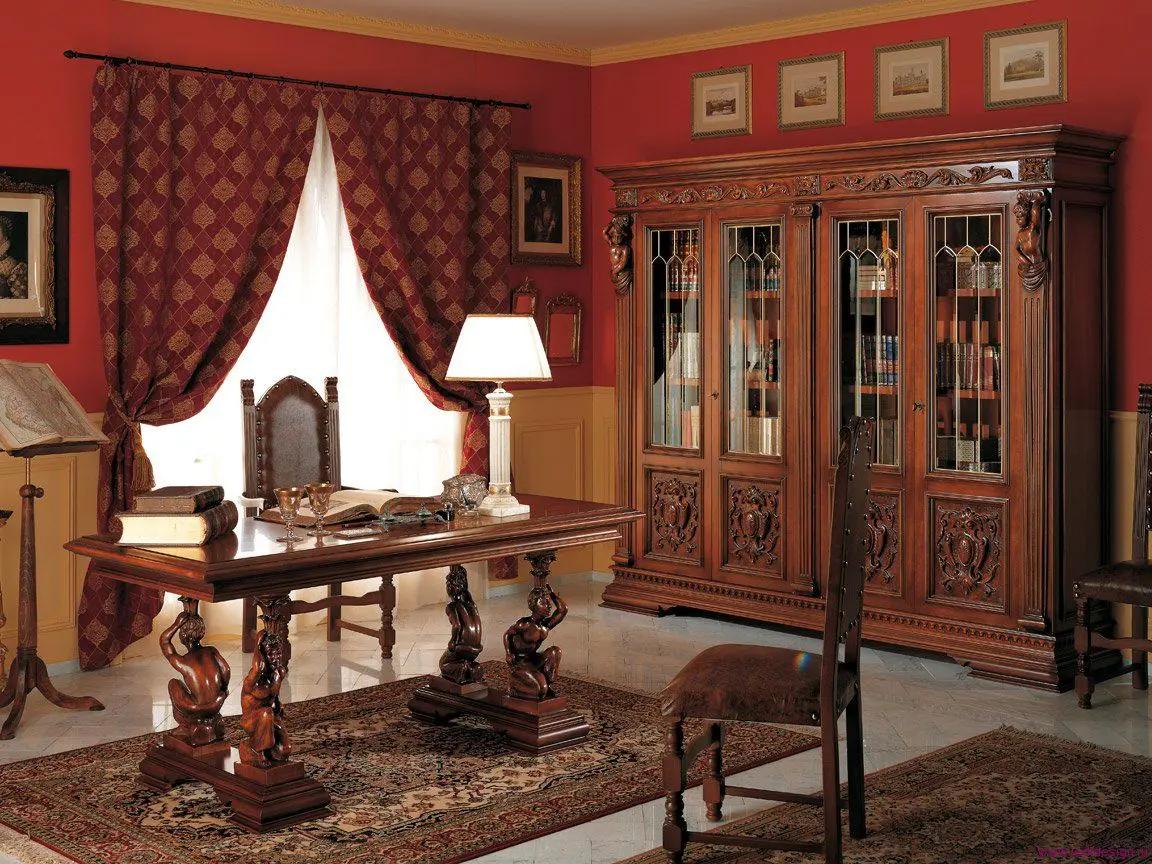
Proportions and symmetry
Be careful, when you design your room in the Renaissance style, proportions and symmetry, two fundamental elements for the success of the project. The Renaissance style, in fact, despite being very rich and layered it’s a very organized and tidy look, this is the secret with which many such complex elements can coexist without screeching with each other.
Pay attention, then, to combine furniture of similar proportions, with furnishings in scale, and in the arrangement take into account the symmetry, avoiding disproportions.
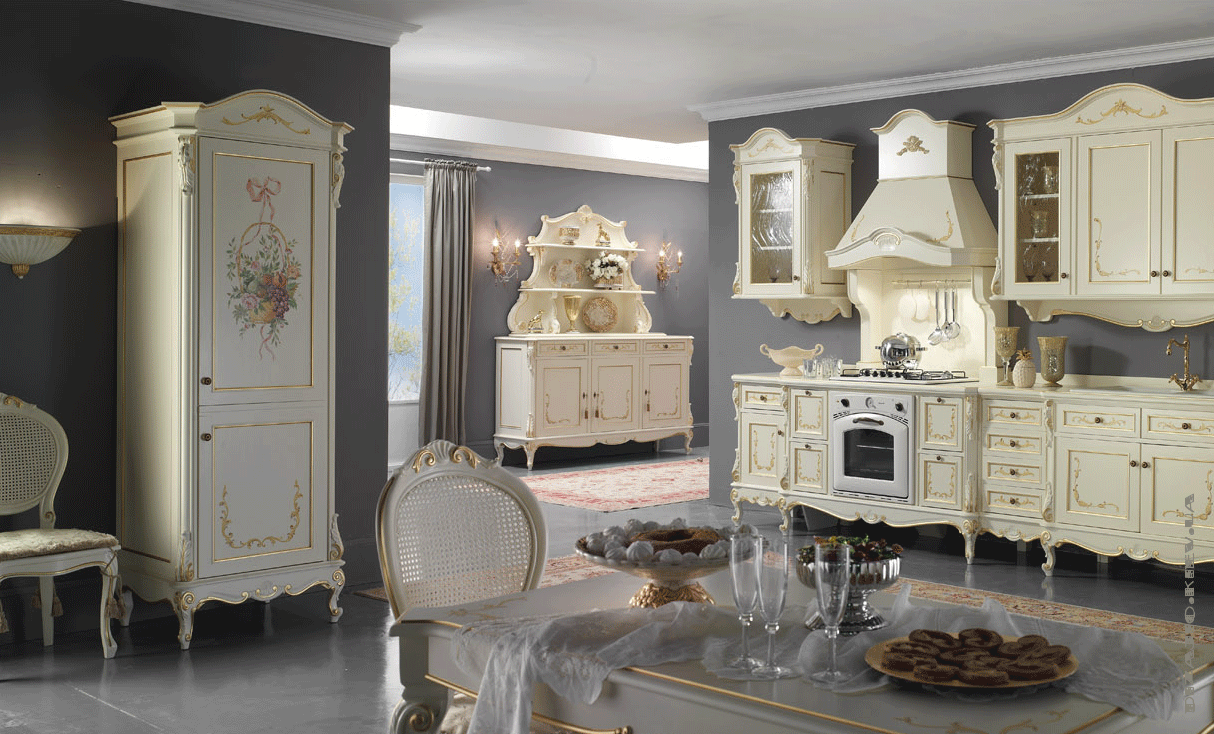
Textiles and finishes
The Renaissance style cannot be defined as such if it is not enriched by important details such as wide draped curtains and embroidered motifs, very soft carpets with floral decorations or geometric, seats of richly decorated chairs, sofas or poufs and cushions, which recall the same texture of curtains, sofas, chairs. What are the most used textile materials in the Renaissance style? Velvet, satin or brocade.
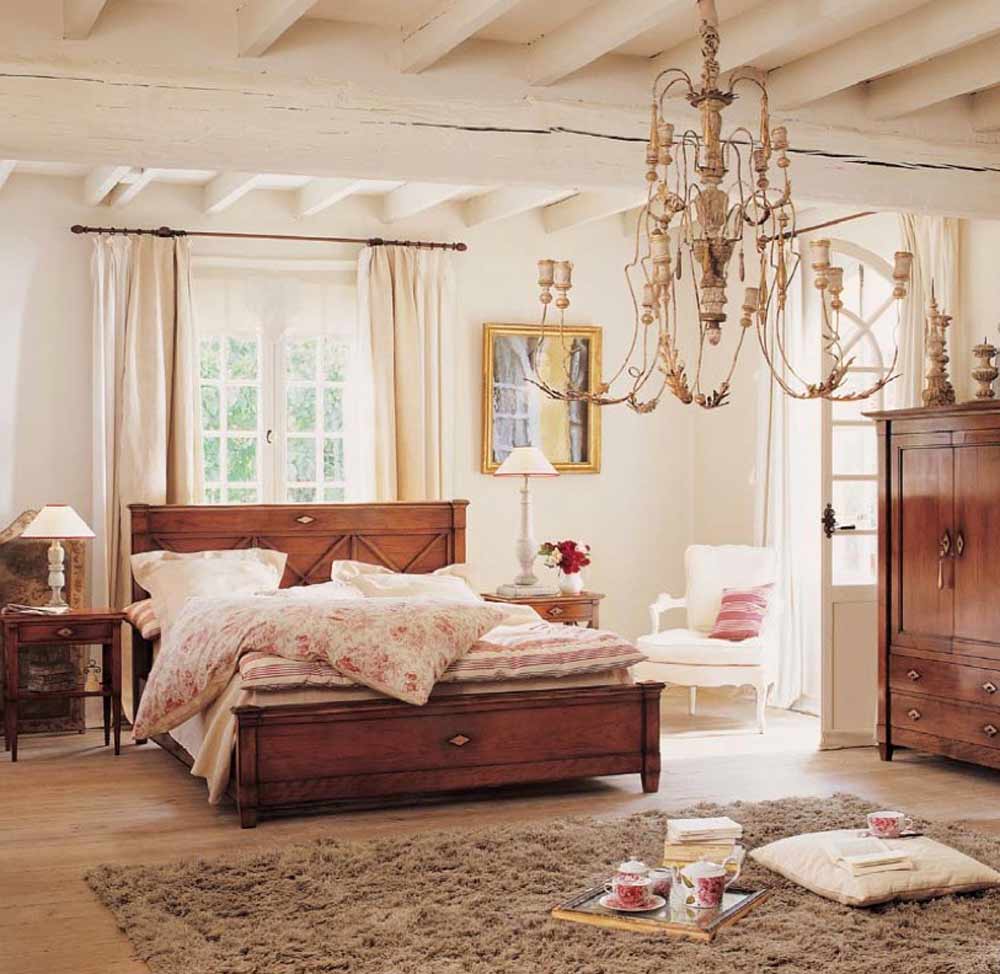
Furnishing a Renaissance-style home: images and photos
We have seen what are the characteristics of the Renaissance style, which colors, furniture, decorations or textiles to choose, now you can take a look at the solutions collected in our image gallery for further inspiration.
Furnishing a house in a Renaissance style means furnishing the house with a class and elegance of yesteryear, characterized by a typically Italian style that recalls the splendor of the golden age of the Renaissance, an era of great culture and elegance for the our country. Let’s see what are the essential elements to furnish your home in the Renaissance style.


The Renaissance was a pivotal era in Italian history, especially as regards culture, which underwent a process of real rebirth in those years, overcoming the shadows of the Middle Ages.
The Renaissance can be roughly placed between the early fourteenth century and the last quarter of the sixteenth century. The main feature is the centrality that Man plays in every field of culture, from literature to architecture, e the interest in the ancient and classical tradition, with a clear refusal of the Middle Ages to refer again to the Greek and Latin classics.
Read also: Gold color how to use it to decorate the house

The characteristics of the modern Renaissance style
How did interior design change in those years? Houses, by placing man at the center of everything, become more comfortable, strained, full of magnificent details and monumental spaces. The lounges are decorated with rich furnishings, marble, coffered ceilings and precious wood.
In conclusion, the Renaissance style is majestic, elegant and harmonious, suitable for those who love symmetry, beauty, luxury and wealth.

Furniture and decorations
Renaissance furniture has sinuous shapes and reproduce the typical elements of the architecture of the period: columns, cornices, pediments, complex and refined decorations.
The Renaissance decorations reproduce motifs inspired by columns, cherubs, flowers and plants that roll up on pillars, arabesques, festoons and garlands are other typical elements of the visual schemes of the time, alongside elements such as lions, griffins or fantastic animals.
Beds with carved or canopied headboards and inlaid chests, painted or carved are the most typical furniture of the Renaissance period. Also the table is of enormous importance, usually the forms are massive and solid, with large lateral legs or central pillar, and circular shelf. The surfaces of the furniture can be variously decorated with various designs, colors and motifs, including stucco and gilding.
You might be interested in: Living room in yellow: 50 sparkling ideas
The Renaissance furniture, however, it is not only beautiful but also comfortable: wardrobes and desks have many drawers and are decorated with reliefs and engravings and gilded surfaces. The chairs have high backs, sinuous legs and armrests. The seats of the sofas are soft and spacious.

Materials and colors
The most widely used materials in the Renaissance style are wood, white or black, mainly oak and walnut, ivory, stone, marble and sandstone. As for the color scheme, they are preferred soft and light shades, preferably cold, with darker contrasting splashes of color.
The more sober and natural colors are the favorites, so green light at different shades of brown, beige, to be interspersed with elements gold color and pastel shades, like cream, pink, light green or light blue. As we said earlier, darker colors are also welcome, especially the saturated shades of red, blue and yellow.

Space and freedom
A Renaissance-style setting is one space in which you have to breathe extreme freedom of movement. It is an environment built around the presence of man, therefore few furniture but richly decorated and wide faculty of movement are the characteristics you will have to adhere to when choosing the furniture for your Renaissance style home.
Attention, because the same broad breath must have it walls, on which few elements will be placed decorative, and the ceiling, that is preferable not to clutter with disproportionate chandeliers compared to the rest of the environment.

Columns and statues
Always for that reference to the ancient and the classic of which we talked about before, it is necessary to integrate into the furniture too arches, columns, statues with a classic look: they are essential elements to recreate a true Renaissance style in your home.

Proportions and symmetry
Be careful, when you design your room in the Renaissance style, proportions and symmetry, two fundamental elements for the success of the project. The Renaissance style, in fact, despite being very rich and layered it’s a very organized and tidy look, this is the secret with which many such complex elements can coexist without screeching with each other.
Pay attention, then, to combine furniture of similar proportions, with furnishings in scale, and in the arrangement take into account the symmetry, avoiding disproportions.

Textiles and finishes
The Renaissance style cannot be defined as such if it is not enriched by important details such as wide draped curtains and embroidered motifs, very soft carpets with floral decorations or geometric, seats of richly decorated chairs, sofas or poufs and cushions, which recall the same texture of curtains, sofas, chairs. What are the most used textile materials in the Renaissance style? Velvet, satin or brocade.

Furnishing a Renaissance-style home: images and photos
We have seen what are the characteristics of the Renaissance style, which colors, furniture, decorations or textiles to choose, now you can take a look at the solutions collected in our image gallery for further inspiration.

